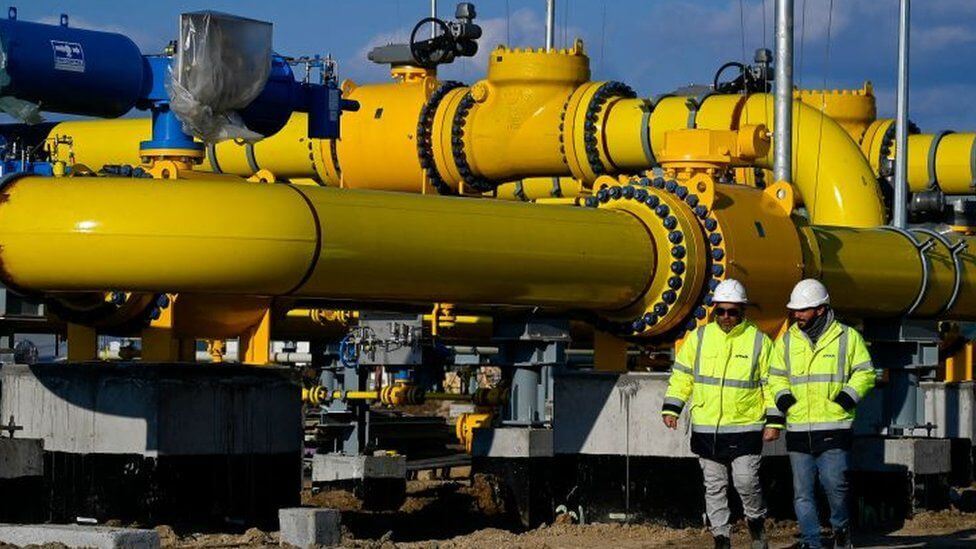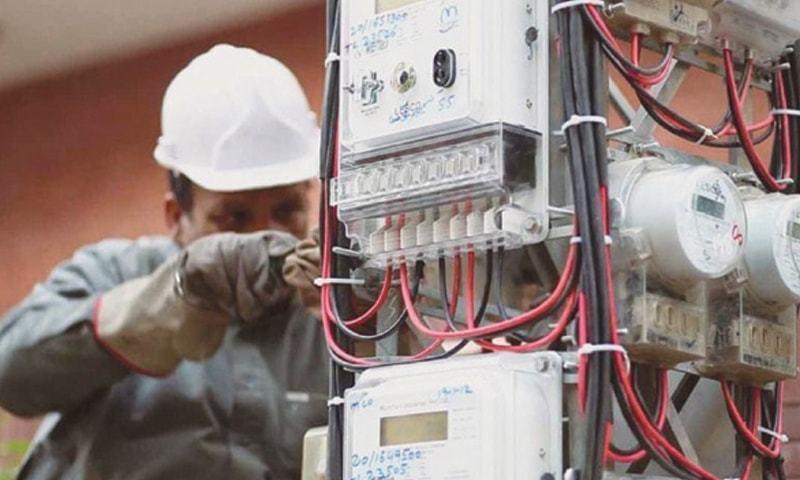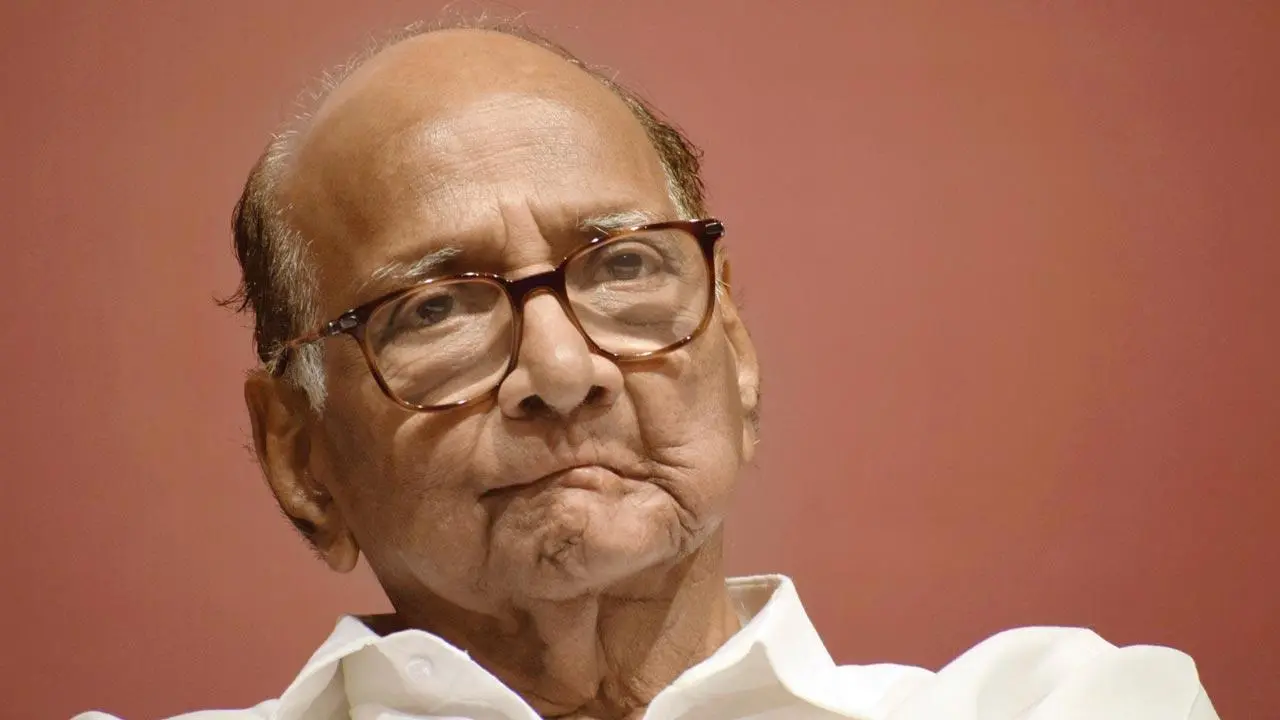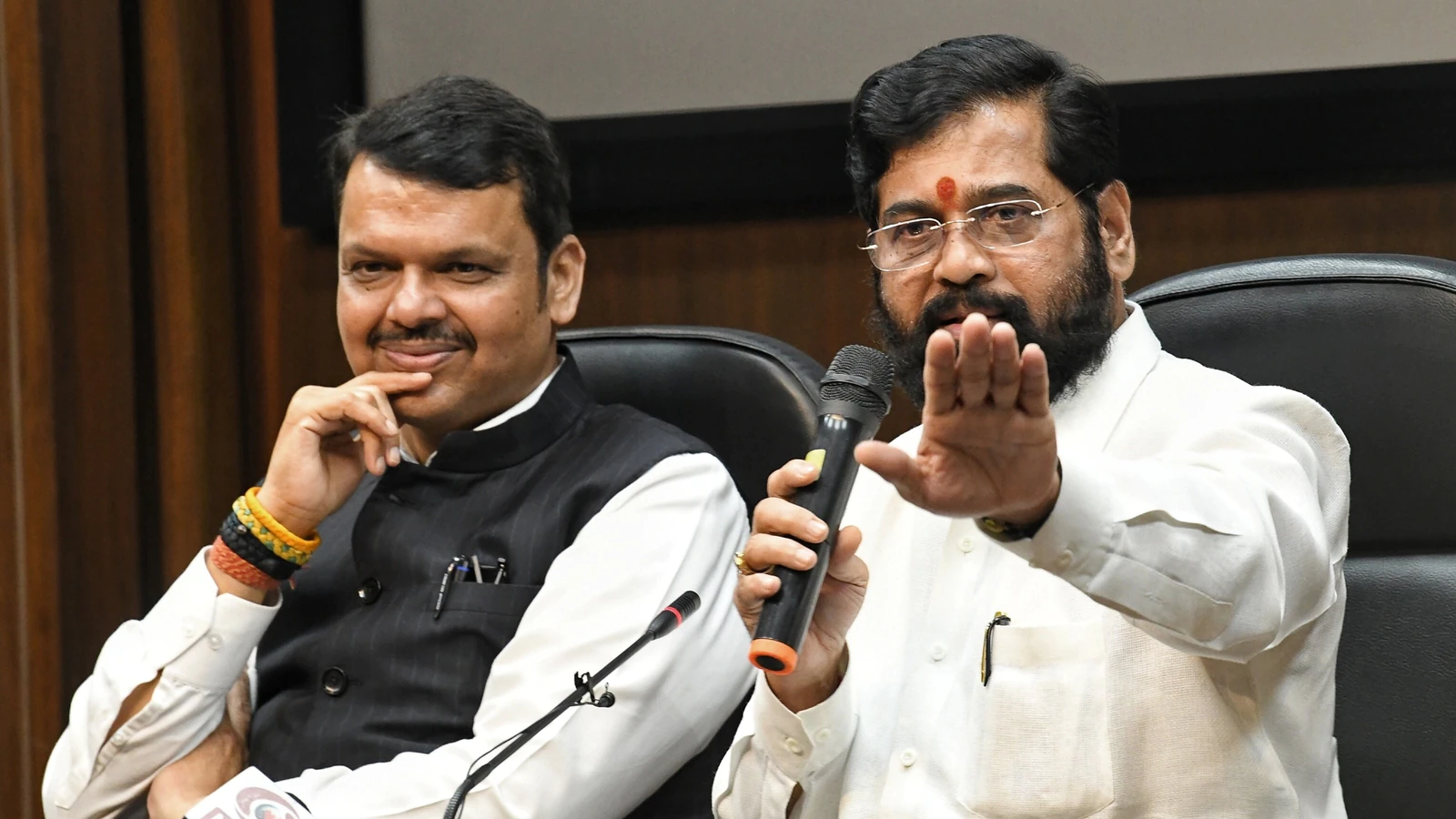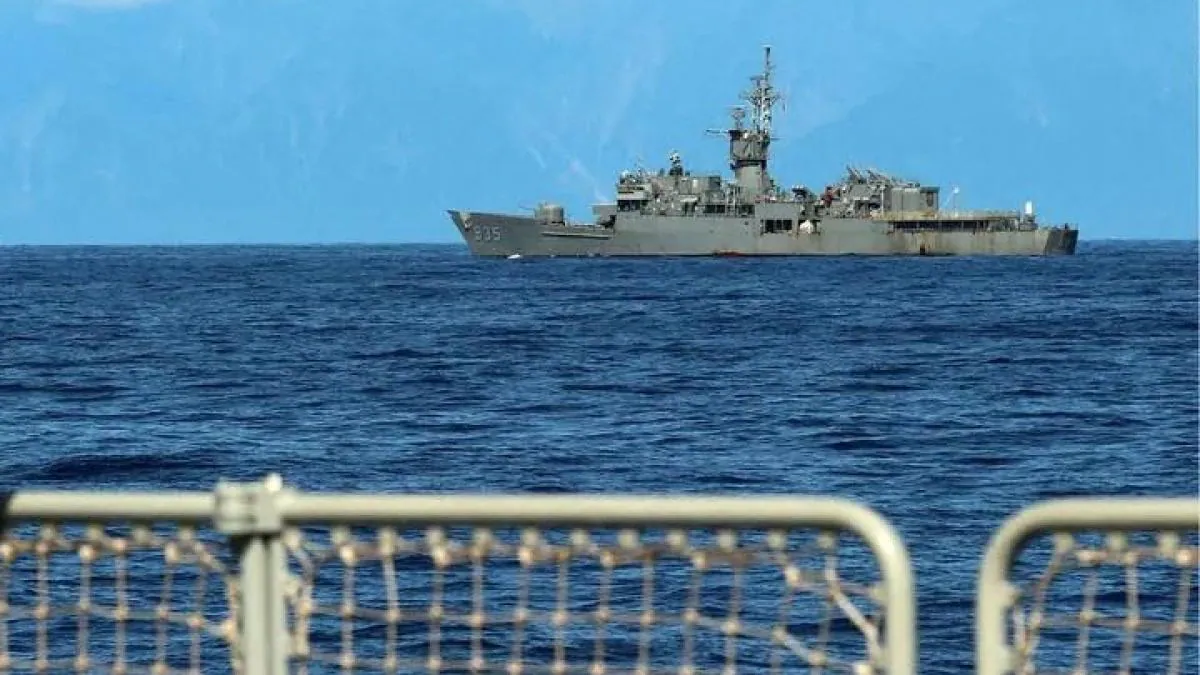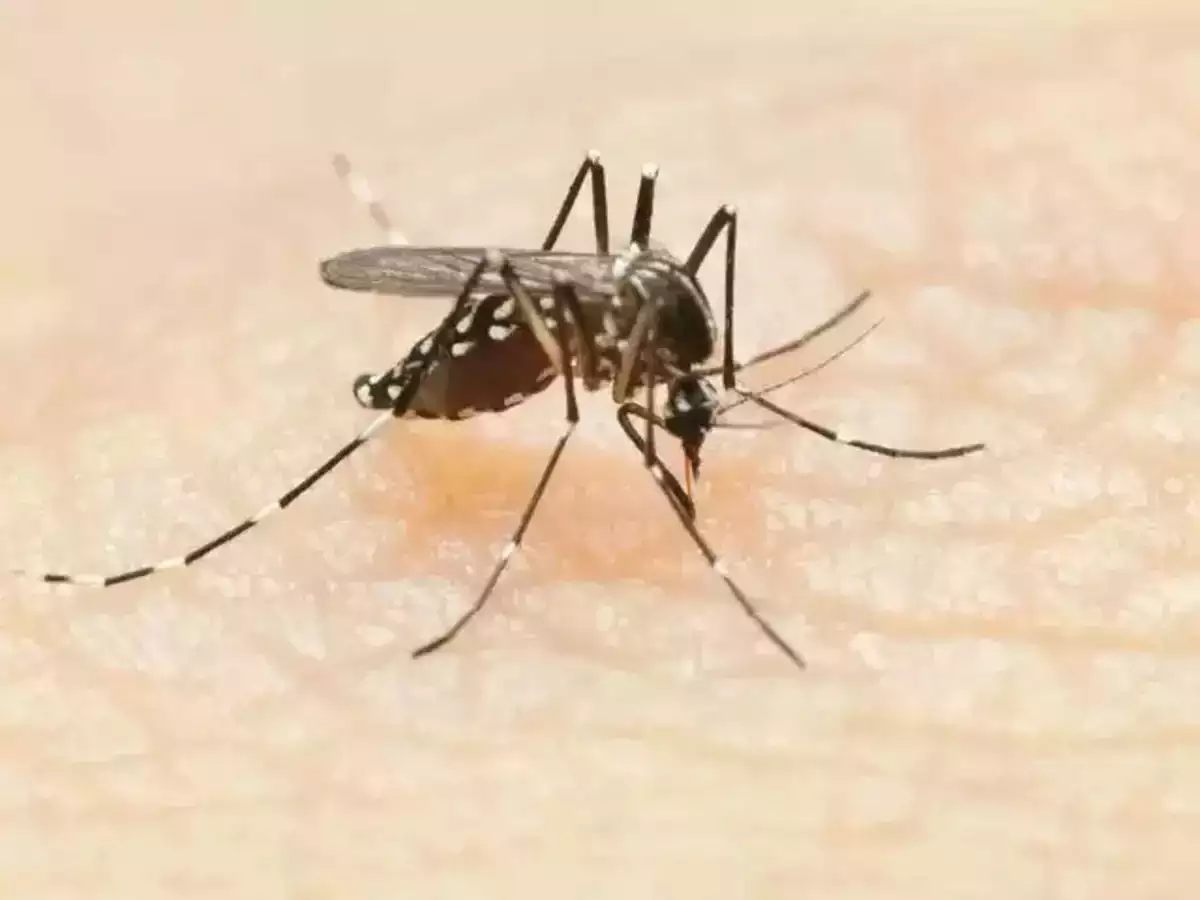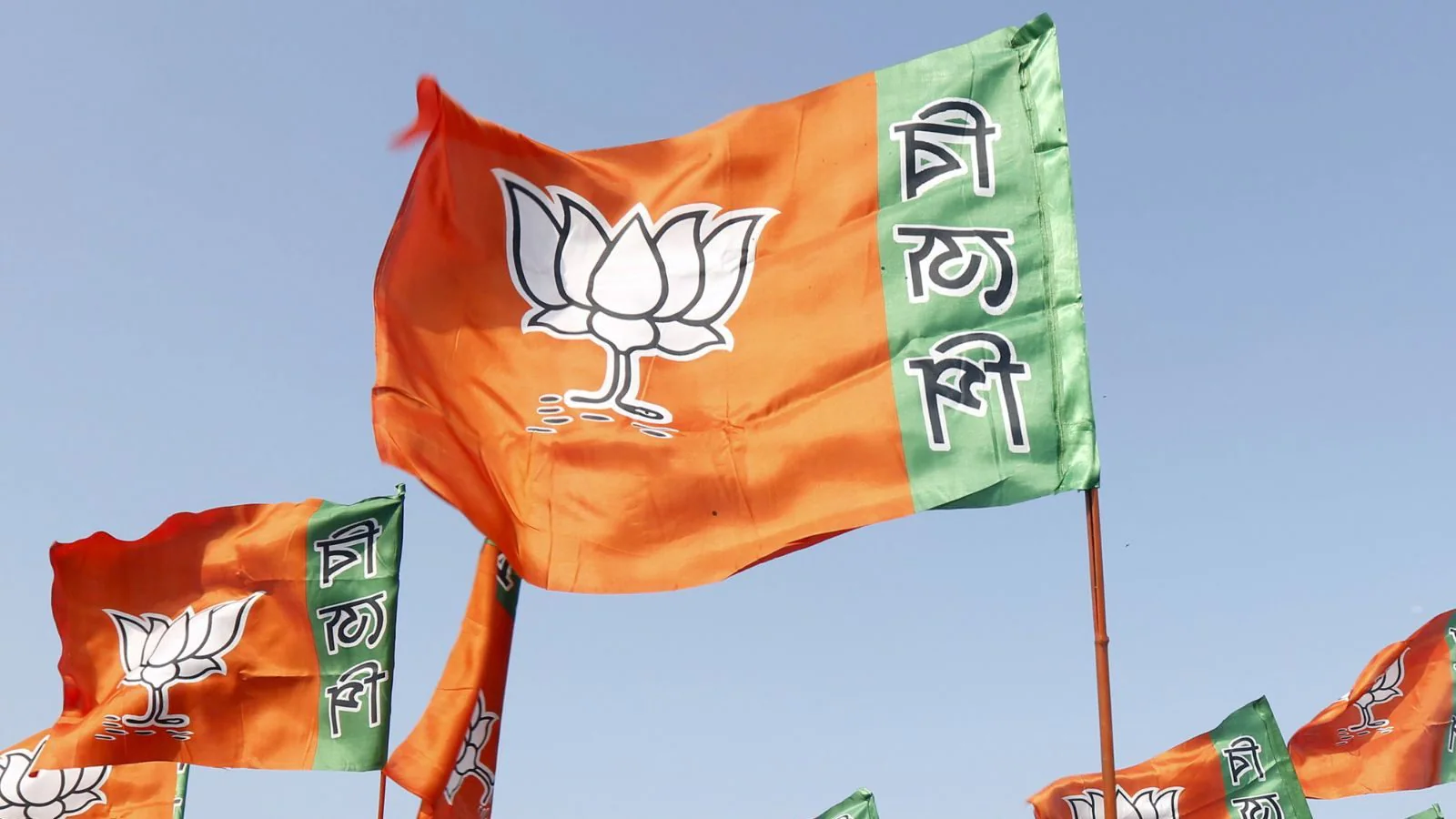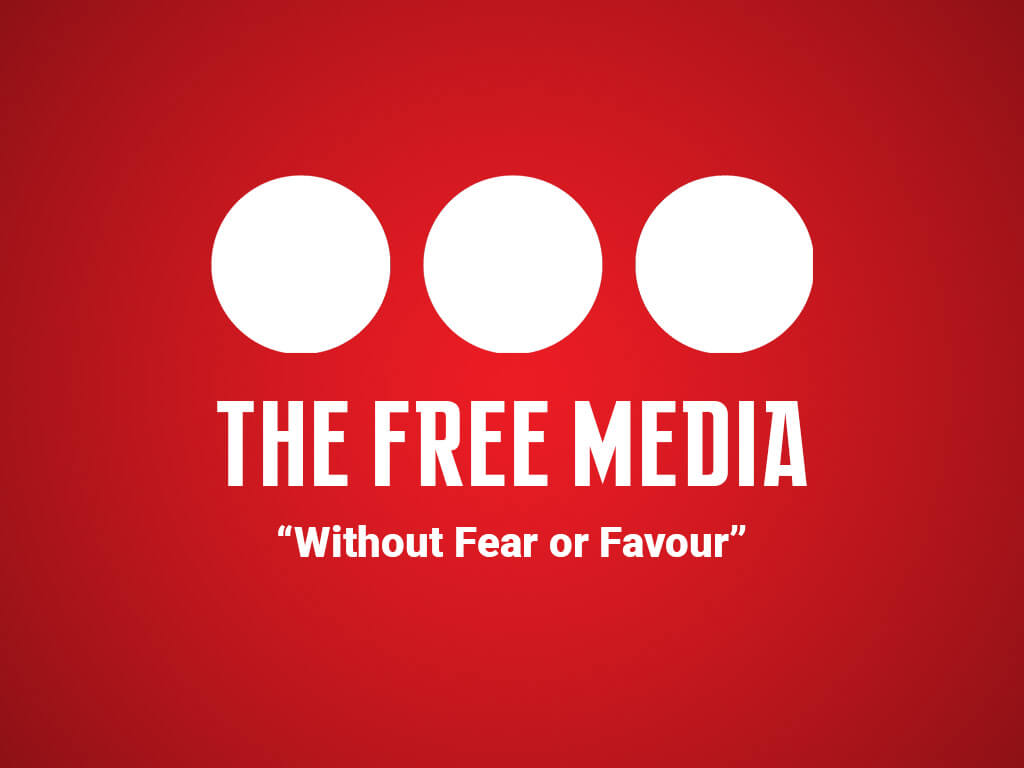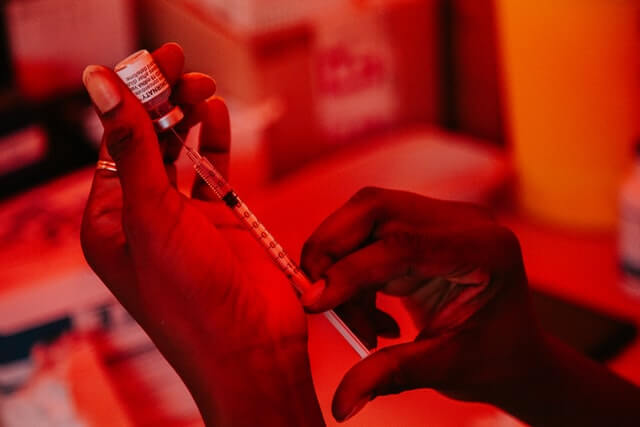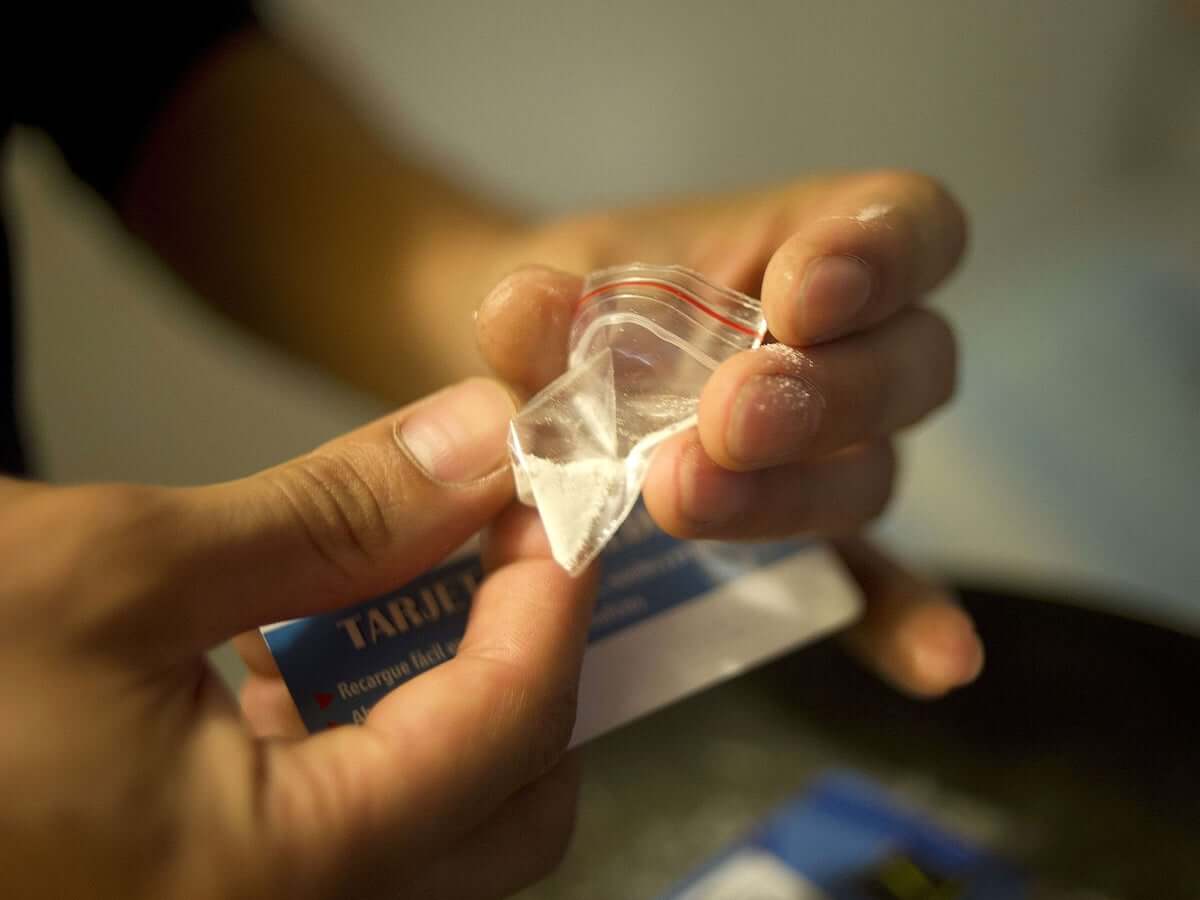European leaders and businesses are worried that Russia’s tampering with natural gas supplies will cause an economic and political crisis this winter. Here are the key points to understand about the energy pressure game in Ukraine.
What has actually happened?
Russia cut gas supplies to five European Union (EU) countries last week, including Germany, the largest economy, which is heavily reliant on Moscow’s gas to generate electricity and power industries.
Russian state-owned energy giant Gazprom reduced supplies via the Nord Stream 1 pipeline, which runs under the Baltic Sea from Russia to Germany and is Europe’s main natural gas pipeline, by 60%. Supply has also been reduced in Italy, Austria, the Czech Republic, and Slovakia.

Germany imports 35% of its gas from Russia, while Italy imports 40%. Currently, gas supplies are adequate for current needs.
So, why are the reductions a concern?
European countries are actually rushing to fill their underground gas storage tanks in preparation for winter. Gas utilities operate on a regular schedule, building reserves in the summer when gas prices are lower, and then drawing them down in the winter as heating demand rises. The cuts will make storage more expensive and difficult to achieve.
Natural gas is used by a number of energy-intensive industries, including glassmakers and steel manufacturers, which are already facing higher costs, slowing the economy.
In terms of capacity, Europe’s underground storage caverns are 57% full. Germany has set targets of 80% by October 1 and 90% by November 1.
What exactly is Russia up to?
Gazprom claims it had to reduce flows to Europe via Nord Stream 1 because Western sanctions had left a critical piece of equipment stranded in Canada, where it had been taken for maintenance. European governments aren’t buying it and are calling the gas cuts “political.”
Natural gas prices have risen sharply as a result of Gazprom’s actions, after falling in the aftermath of the winter heating season. This increases revenue for Russia at a time when it is under pressure from Western economic sanctions and adds to Europe’s stress by providing political and military support to Ukraine.
What would happen if Europeans could see the lights go out?
EU law requires governments to ration gas supplies to industry in order to protect homes, schools, and hospitals.
Countries that run out of gas can seek assistance from others.
The conclusions
Cutbacks and shutdowns in the manufacturing sector cost jobs and growth in an economy already strained by high inflation and fears of a global slowdown as central banks raise interest rates.
Prior to Russia and Ukraine, the cost of natural gas was around 19 euros per megawatt hour, which is now 206 euros per megawatt hour.

